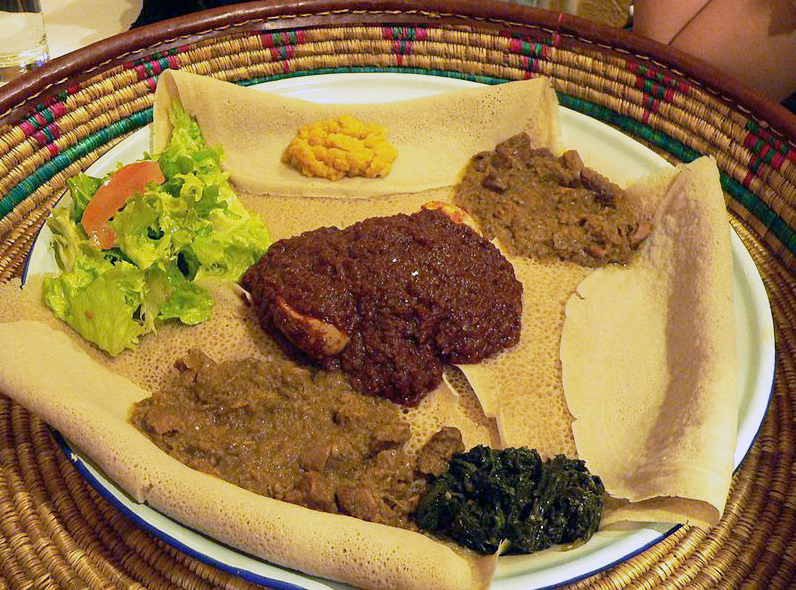Introduction: Street Food in Chad
Street food is a crucial component of many countries’ culinary traditions, and Chad is no exception. This African nation is home to a rich and diverse cuisine that includes a wide range of dishes, many of which are sold by vendors on the street. Although street food has been a part of Chad’s food culture for many years, it has only recently gained attention on a global scale.
The Culture of Street Food in Chad
In Chad, street food is an integral part of daily life for many people. Vendors set up stalls on the side of the road, in markets, and outside of shops, selling everything from grilled meat to fried dough. This type of food is often quick, affordable, and easily accessible, making it a popular choice for people who are on the go or looking for a quick snack. Street food is also a great way to sample local flavors and experience authentic Chadian cuisine.
The Variety of Street Food Offerings
Chadian street food is known for its wide variety of offerings. Some popular dishes include brochettes (grilled meat skewers), beignets (fried dough), and boule (a type of bread made from millet or sorghum). Other popular dishes include rice and beans, fufu (a type of starchy vegetable), and ndambe (a type of bean stew). Many of these dishes are served with spicy sauces or condiments, which add flavor and heat to the food.
Where to Find Street Food in Chad
Street food can be found all over Chad, but some of the best places to look for it are in the major cities, such as N’Djamena and Moundou. Street vendors tend to congregate in busy areas such as markets and bus stations, where they can attract a steady stream of customers. It’s also worth noting that Chadian street food is often seasonal, with certain dishes only available during specific times of the year.
The Impact of Street Food on Chad’s Economy
Street food is an important part of Chad’s economy, providing employment opportunities for thousands of people. Many street vendors are small business owners who rely on their sales to support themselves and their families. Street food also plays a role in tourism, as visitors to Chad are often drawn to local food markets and street vendors.
Health and Safety Concerns with Street Food
Despite the popularity of street food in Chad, there are some health and safety concerns associated with it. Improper food handling and storage practices can lead to the spread of foodborne illnesses, and some vendors may use contaminated water in their cooking. Additionally, street food may not always be prepared in a hygienic environment, which can increase the risk of contamination.
Government Regulations on Street Food in Chad
The Chadian government has implemented regulations aimed at improving the safety and quality of street food. These regulations include requirements for vendors to obtain permits and undergo food safety training, as well as guidelines for food handling and storage. However, enforcement of these regulations can be inconsistent, and many vendors continue to operate without proper permits or training.
Conclusion: The Future of Street Food in Chad
Street food is likely to remain an important part of Chad’s culinary landscape for the foreseeable future. However, as the country continues to grow and develop, it will be important to address the health and safety concerns associated with street food. By implementing and enforcing regulations that ensure the safety and quality of street food, Chad can continue to enjoy the many benefits of this important cultural tradition.

